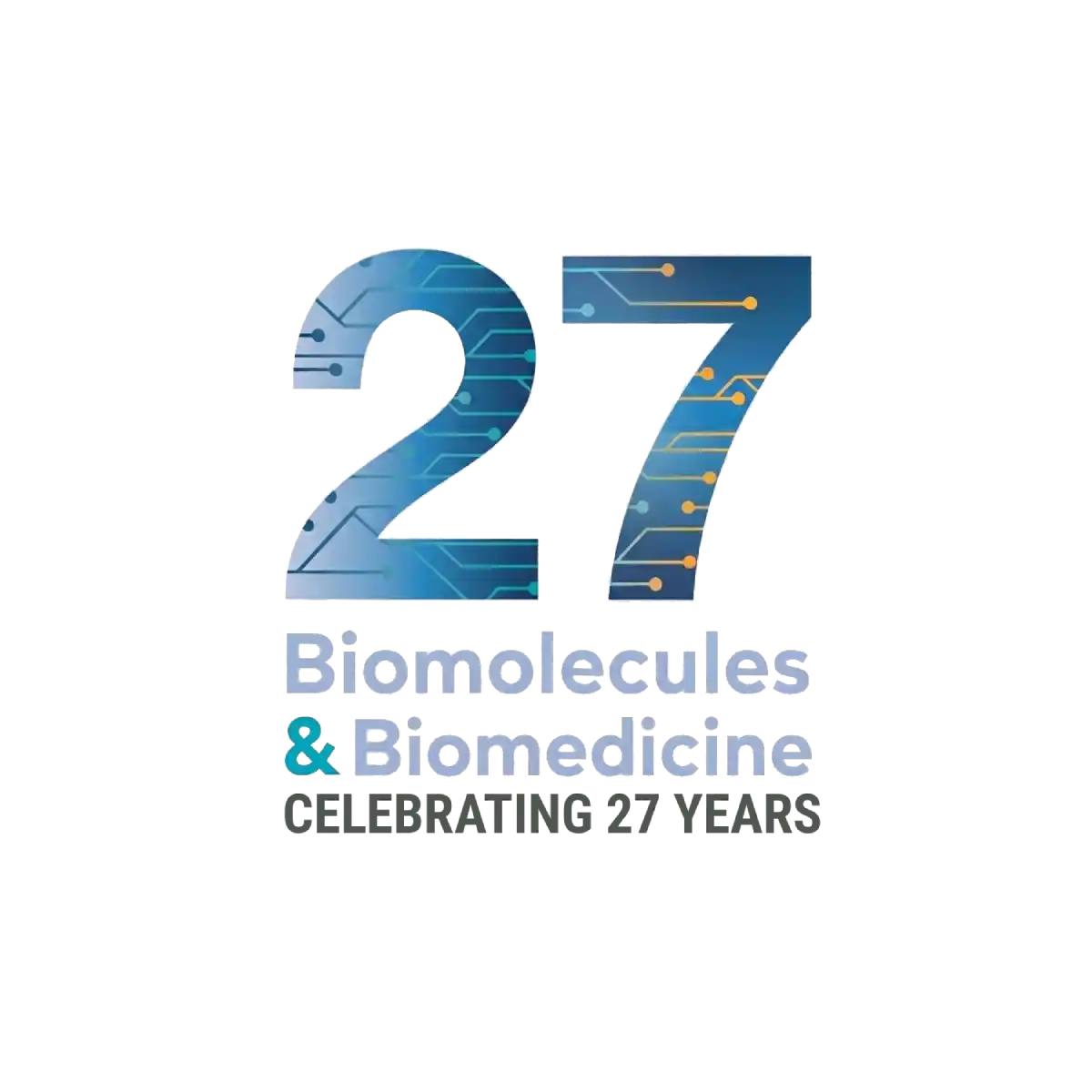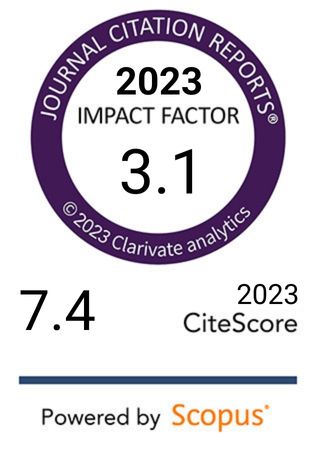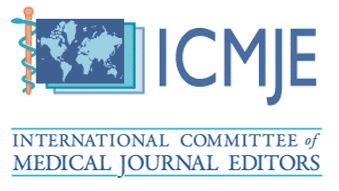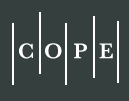Thymoquinone and 3HQ synergy inhibits CTX-M-15 ESBL
DOI:
https://doi.org/10.17305/bb.2025.12431Keywords:
AMR, ESBL , FICI, 3HQ, thymoquinoneAbstract
Bacterial infections remain a significant cause of mortality worldwide, further aggravated by the escalating issue of antibiotic resistance. Extended-Spectrum Beta-Lactamases (ESBLs) pose a substantial challenge, capable of hydrolyzing various beta-lactam antibiotics. The slow pace of drug discovery, coupled with the rapid emergence of drug-resistant bacteria, underscores the urgent need for innovative therapeutic solutions. Thymoquinone (TQ), derived from the seeds of Nigella sativa, has demonstrated notable antibacterial activity against Gram-negative bacteria, including Escherichia coli and Pseudomonas aeruginosa. Previous research has established the efficacy of quinoxaline derivatives, such as 3-hydrazinoquinoxaline-2-thiol (3HQ), against Methicillin-Resistant Staphylococcus aureus (MRSA). This study investigates the potential synergy between 3HQ and TQ against various clinical strains of ESBL. The minimum inhibitory concentrations (MICs) of TQ and 3HQ were evaluated against 18 clinical ESBL strains, revealing MIC values ranging from 16 to 128 µg/mL for both compounds. Furthermore, the interaction between TQ and 3HQ was assessed using a checkerboard assay, which demonstrated a 100% synergistic interaction, with a fractional inhibitory concentration index (FICI) of less than 0.5 against the ESBL strains. Docking and molecular dynamics simulations indicated that TQ exhibits a strong binding affinity and interaction profile comparable to that of RPX-7063. In contrast, 3-hydrazinoquinoxaline-2-thiol targets a different active site, potentially enhancing thymoquinone's binding efficiency. Collectively, these compounds may effectively inhibit CTX-M-15, as evidenced by their docking scores and interaction profiles. Further investigations, including in vivo studies, are essential to validate these findings. This research suggests a promising strategy for developing more effective treatments for ESBL infections, emphasizing the need for in vivo validation.
Citations
Downloads
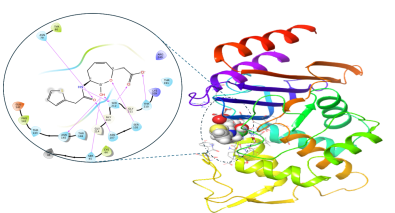
Downloads
Published
Issue
Section
Categories
License
Copyright (c) 2025 Karem Ibrahem , Mohammad Alrabia, Asif Fatani, Sameer E.M. Alharthi, Hani Zakareya Asfour, Nabil A. Alhakamy, Hatoon A. Niyazi, Hisham N. Altayb, Ahmad M. Sait, Philip J.R. Day, Abdalbagi Alfadil

This work is licensed under a Creative Commons Attribution 4.0 International License.
